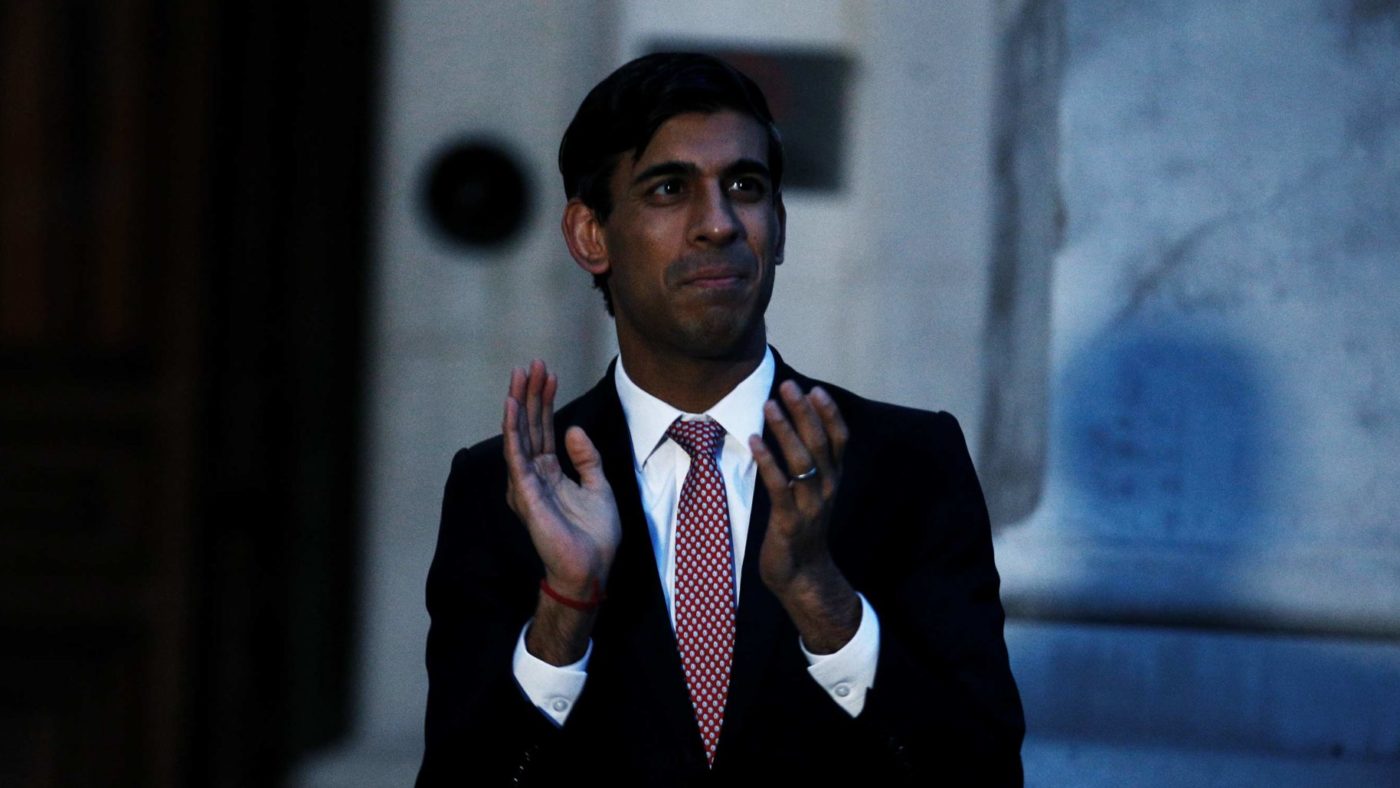Last week the Office for Budget Responsibility showed us heading for the largest fiscal shock since the Second World War. At the Centre for Policy Studies we dug a little deeper into the OBR’s numbers and the latest modelling from others to assess the scale of the repair job that will be needed. What we found was chastening.
So far, the running total for the direct government bailout comes to a staggering £127 billion. This is before adding more than the same amount again in lost tax revenue due to the sharp economic downturn, as well as a significant bill for increased welfare spending. Together with existing borrowing forecasts at the Budget, before the outbreak had hit the UK in earnest, borrowing could easily exceed £300 billion this financial year alone.
Even for a political generation shaped by the fallout from the financial crisis, this fiscal challenge is disorientating in scale. After all, 2020 was the year the purse strings were supposed to be loosening and after a decade of tightly controlling costs, we felt at long last that we deserved a break. Instead, the decision landscape laid out for us is entirely different. Yet we need not despair. While the crisis that brought us here may be a global pandemic rather than a war, the scale of the fiscal challenge is nothing that this country has not overcome before. In both 1815 and 1945, the UK faced towering debt burdens larger than that expected from this lockdown. Crucially, we also have the means in our innovative economy to face it.
Of course, our costs counter involves many unknowns. Extra pots of funding are being announced on a near-daily basis, with the latest £1.25 billion aimed at supporting struggling start-ups who can’t access existing rescue packages. Only a month into lockdown, we don’t have official statistics to confirm just how widely the myriad of schemes are being used and how effective they have been in helping businesses stay afloat.
Even when the current state of lockdown is finally lifted, we don’t yet know how phased the lifting of other restrictions will be. For the sake of consistency at this early stage we have largely adopted the OBR’s assumption of three months full lockdown, followed by three months of partial lockdown, but this is by no means a given. Although the largest part of the bailout bill – the Coronavirus Job Retention Scheme – has been extended until the end of June, we may (hopefully) have regained some freedoms by this point, with uptake dipping by then as certain sectors are allowed back to work.
While pointing out how crucial the costs will be to designing a recovery from this crisis, the decision to lift the lockdown itself or ease some restrictions must be based on the latest scientific evidence. Nothing would be more damaging than rushing to reopen the economy too soon only to have to close it down again if cases spike weeks later. This would be far worse in terms of the human cost – and in economic uncertainty for businesses.
Over the coming months, there will be a ferocious debate about how we pay for the crisis – whether via borrowing, tax rises, or spending cuts, or a combination of all three. We hope our work can help the Government and the public to grasp the scale of what has befallen the national finances and adjust their expectations to the new reality.
For years to come governments will need to contend with these significantly higher debt levels and ensure their credibility in managing the economy and debt burden. This will require a commitment to a dynamic market economy with firms incentivised to access capital, take risks and grow, with government committed to ensuring regulations are fit to support sustainable growth.
As well as keeping track of costs, this project can also help situate today’s challenge in their financial context and offer hope for the path ahead. For all that some have enlisted this crisis in support of their pet causes, recovery need not mean radical changes to life in the UK or how we relate to the rest of the world. Although greater hardship may await as borrowing costs rise, moving to a brighter future will mean making responsible fiscal decisions based on a full account of the costs.
Click here to subscribe to our daily briefing – the best pieces from CapX and across the web.
CapX depends on the generosity of its readers. If you value what we do, please consider making a donation.


